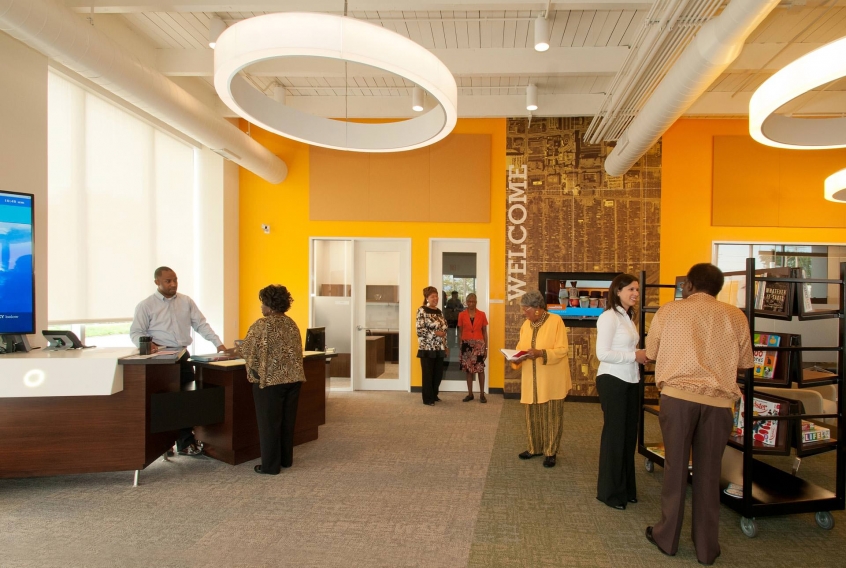The Customer Community
Posted June 17, 2014

As reported by McKinsey and Company, by 2016, the web will influence more than half of all retail transactions1. This represents potential sales of up to $2 trillion. This is an amazing opportunity for retailers. But there is a corresponding question that arises. How do potential customers know and choose the retailer? What drives engagement with a customer?
Retailers are pursuing two complimentary angles to attract customers: the digital and the physical. Digital strategies are moving to the forefront of the discussion, helping to augment the many years retailers have spent building the physical apparatus of the store. Brick and mortar retailers are trying to span the distance between existing stores and the creation of “always-on” marketing and sales platforms. But there is a third component to retail that is missing from the strategic conversation.
This strategic position is of utmost importance, not only to making a sale, but creating a customer. In this sense there is a new definition for customer. The standard definition for a customer is: a person or organization that buys goods or services from a store or business. We would propose an enhanced meaning. A customer is a person that engages with a brand repeatedly, not solely through sales, but through a “community” enabled experience that functions online, offline, and extends over time. By conceiving of the customer with an eye towards interaction, engagement, and community, customer development and retention become the key components.
Moving away from individualized sales to a more customer-centric approach, leads to the development of a customer base where they are: in their community. Recent census data reports that 75% of consumer spending occurs within 15 miles of the home. Most of a customers retail engagement is not online, but is enhanced with a digital experience, whether that be comparing prices or delving deeper into a brand’s offerings.
Opportunities for customer engagement in their community must be on and off line. Engagement through community development can be developed in several ways. Retailers can further develop their retail experiences as a sense of place. Starbucks leads the way in creating “third places” for their customers aided by the use of customer centric digital tools. Opportunities to learn and interact with products, digitally and in-person, are chances for retailers to engage with the existing and future customer base. Lululemon leads the way in producing online and in store opportunities for customers to learn with and through their product. Producing a curriculum for the brand to reach out into the community to foster growth in new ways that reflect and enhance the brand and the people is a way in which to show, not only tell, community based engagement. PNC has done this with success in the Fairfax area of Cleveland, Ohio. The PNC Fairfax Connection reaches out into the community as a development tool and in doing so spreads the brand through value-driven action.
The brand that undertakes community engagement must do so with the long game in mind. Developing community, similar to developing a working, evolving digital strategy, requires a team and a continued, monitored effort. Developing a customer community has to be done on a case by case basis. As many companies are discovering in the digital landscape, what works for one retailer does not work for all companies. The Amazon, eBay, and Apple versions are not the only way to engage people where they are. Retailers have the modern challenge of meeting potential customers in their spaces. This is not impossible, but it does require changes in operating procedures. But the potential value is great.
Forester Research reported that customer engagement significantly creates more loyal customers. Community development increases a customer’s willingness to consider the company for another purchase, recommend the company to someone else, and decreases the chances of the customer switching to a competitor. Meet customers where they are and they will return.

Investing in building community around a retail experience, or augmenting the retail experience by infusing it with community is the next frontier in retail development. The future of retail is being played out on the community front and will become the differentiator of retail experiences.
1. McKinsey and Company, Digitizing the Consumer Decision Journey


Join The Conversation